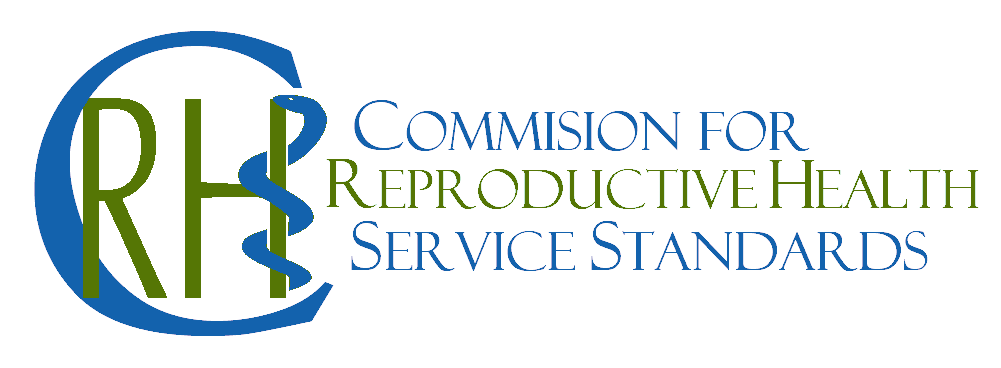Concerned about how to maintain his health a man walks into his doctor’s office and says, “I am 50 years old today and I’m getting eight hours of rest every night. My blood pressure is 120/80. I am trim and energetic and I have a generally good outlook on life. Is there something else I should be doing?” Horrified the doctor responds, “Start burning the candle at both ends. Increase your sodium intake. Isolate yourself from loved ones. Decrease your level of exercise. Oh, and start watching the daily news.” “What?! But that kind of lifestyle does not sound like it will keep me healthy,” responds the perplexed patient. “Healthy? Who are you to define what health is?” demands the physician.

Ridiculous scenario, right? But that is exactly what has happened with healthcare reform in the U.S. How do we judge if the solutions offered in the reform accomplish the desired result? America’s legislators agreed with the President that the medical system itself was sick requiring drastic and systemic corrective measures hence the PPACA (a.k.a. Obamacare). But how did they arrive at the current solution? Notions of quality standards, performance measurement relative to those standards, physician performance reporting, physician cost and risk sharing all presume a big and unstated idea: The Health of Healthcare. So who defines what ‘quality’ means? Who determines what the ‘performance measures’ will be because as we all know, ‘What gets measured gets fixed.’ Will standards for a physician’s performance be measured and reported based on their ethical conduct with patients or an actuarial economic cost/savings analysis?
Happily, the basic assumption used to evaluate whether or not someone is sick is by a common picture of health held by both the doctor and the patient. But in the case of the health care system do we all share a common vision of how ‘healthy’ medicine looks and behaves? Have we clarified medical health to such an extent that we are now able to draft legislation and interpret that legislation toward that common understanding of healthy healthcare? What criteria are being used to evaluate the condition of medicine in the first place? When will we know when medicine is once again well assuming in fact that it is sick? What standards are being used to determine that the corrective measures being implemented are the ones that actually address the core sickness?
America’s healthcare reform has not answered the basic question of how a healthy medical system looks. All it has done is acknowledged that demand for healthcare and cost for healthcare are rising. The medical profession exists for one reason; a sick person. Without people declaring themselves to be unwell and presenting themselves to a physician who professes the skills to bring that person back to health medicine could not even be imagined. To engage medicine as a ‘sector’ of society to be reformed or an industry to be managed misses the point of the profession; the health of a solitary patient. If the medical profession is to be the object of legislative activity it should do so from medicine’s ground of existence—the clinical encounter of the doctor/patient relationship. If legislation does not start there it could never end there forcing medical providers to become mere technicians. If legislation does not serve the medical profession by keeping the good of the patient as primary it will make the patient at best secondary.
